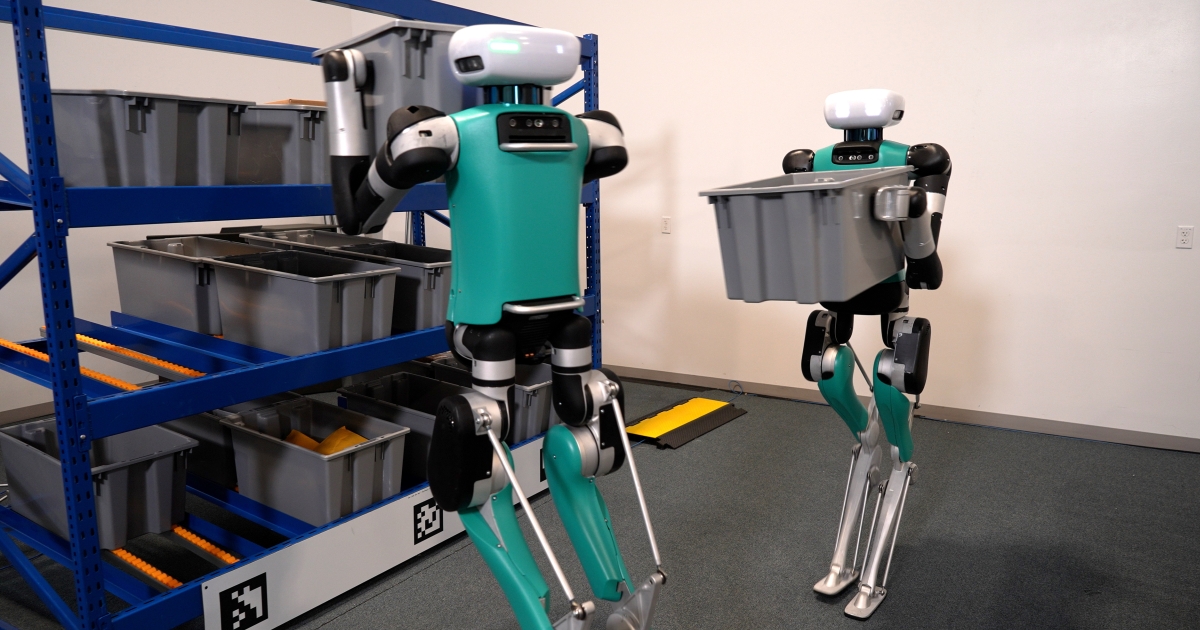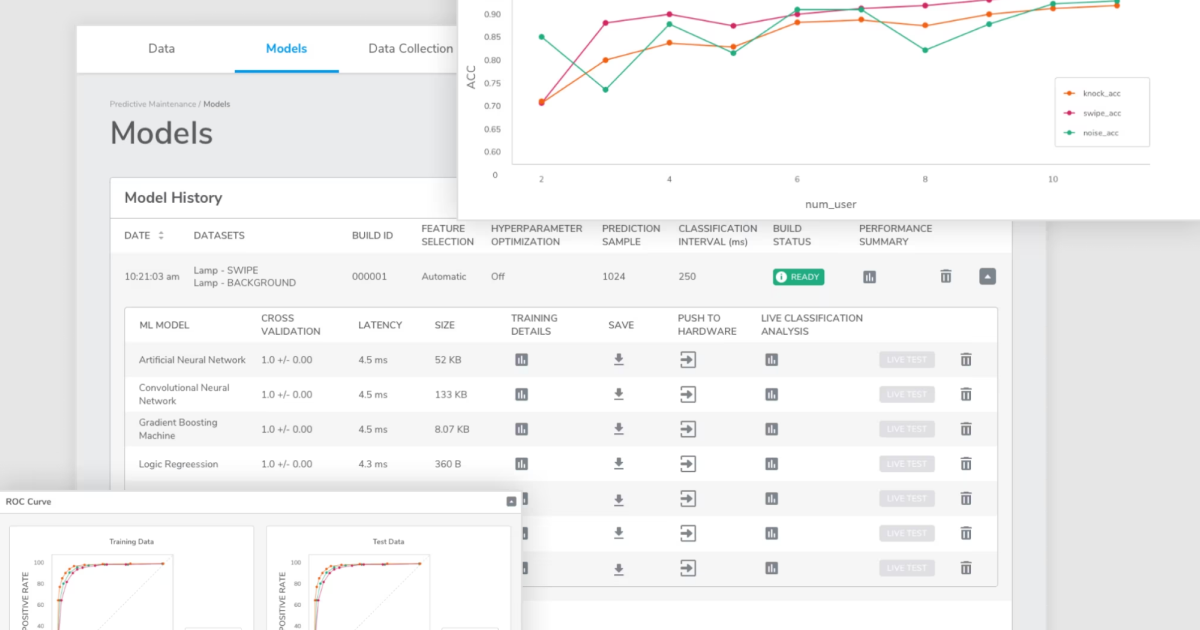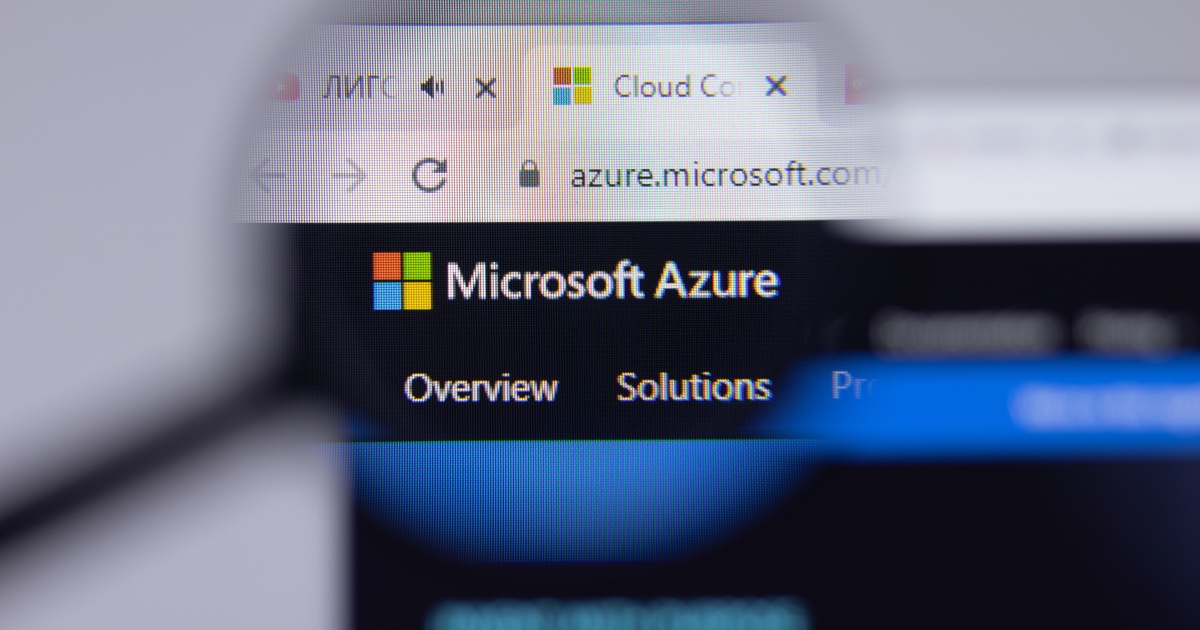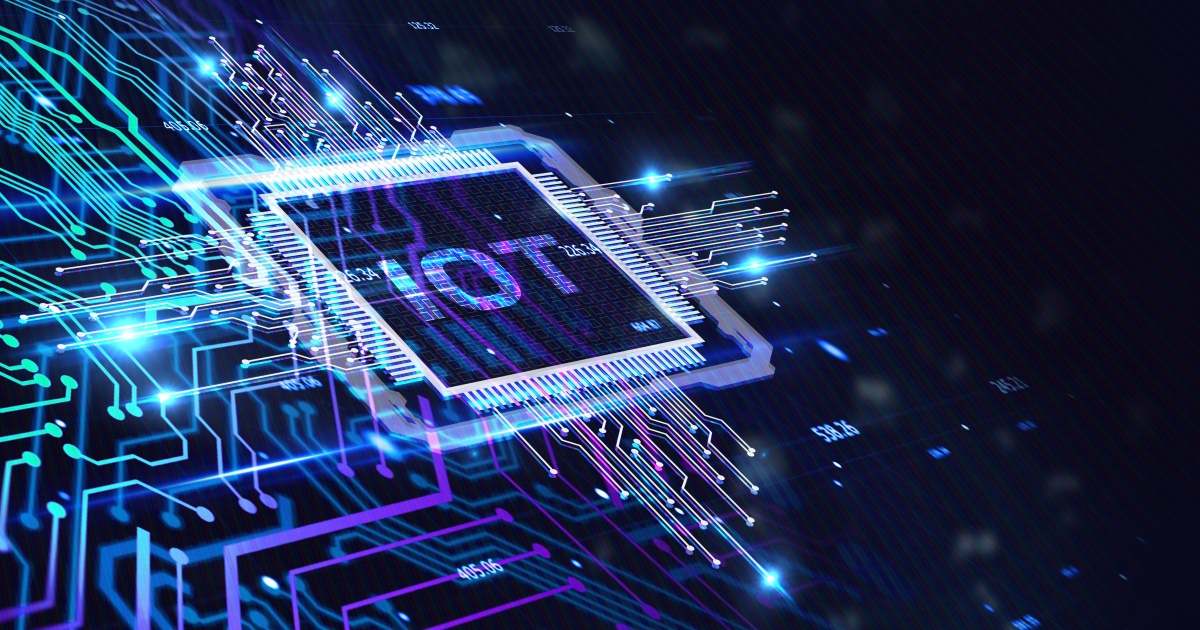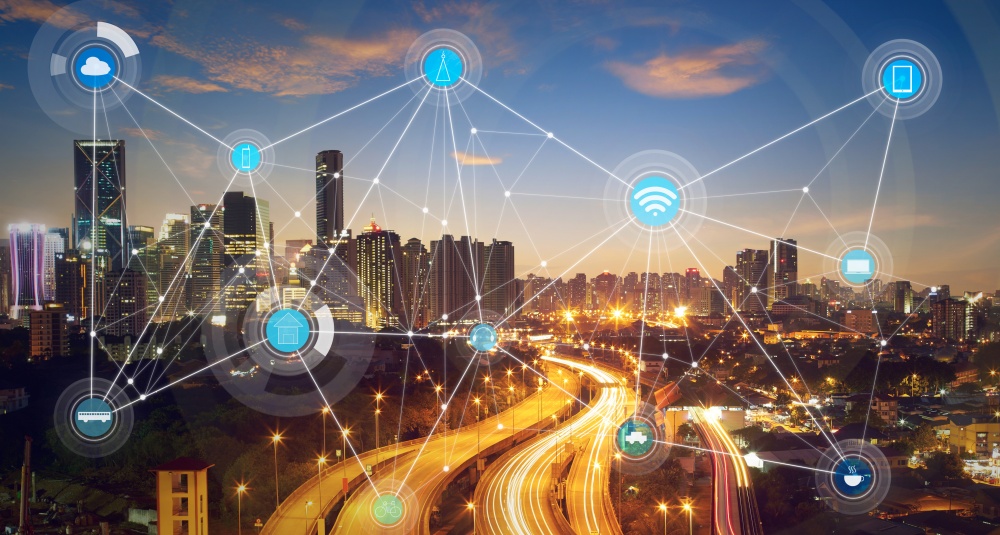
Next-generation distributed industrial systems, connecting sensors at the edge, generating data at the edge, computing in real time at the edge, and shipping data to the cloud or multiple clouds for analytics and other purposes has become more challenging than ever, as the Industrial IoT (IIoT) ecosystem grows.
Nearly every industry, whether on the manufacturing floor or on the streets of smart cities, is being transformed. The benefits of digital transformation are proven and massive, but the risks associated with the increasing volume and velocity of data generation, storage, propagation, and access have grown, especially as ever-smarter devices are progressively closer to the “edge,” perhaps connected to a distributed Internet “local cloud,” or through “fog” approaches, which mix edge and cloud in new ways.
Don DeLoach, the Managing Partner of Rocket Wagon Venture Studios and author of The Future of IoT, said:
“The IIoT makes it possible to create a cohesive system of devices and applications which can share data systematically across machines, sites, and within the enterprise, IT and OT infrastructure to help manufacturers, end-users, and all appropriate constituents optimize production and related services and reduce expenses.
While IT teams have decades of experience managing digital systems and protecting data, OT teams are faced with legacy architectures that are poor at scaling. These legacy systems are expensive to own and maintain and complex to configure and support. The more recent established success of forward-looking industrial companies is revealing the benefits of a thoughtful IIoT architecture and is increasing the embrace of innovation in the global IIoT ecosystem.”
The gap between IT and OT is collapsing. By incorporating information technology (IT) approaches and by working closely with IT teams, OT teams are connecting industrial equipment with computer networks, software, and services, at the edge and in the cloud, with solutions increasingly simplified by vendors working together. More and more, these vendors offer “as a service” solutions, including automated provisioning and registration of devices, enabling connectivity from the field to the cloud for sensors and actuators, and for the input/output (I/O) systems and controllers linked to them.
“Data truly is the new currency in this era, but trusted data is really the key,” DeLoach said. “When designing IIoT systems, especially mission-critical systems like the energy grid or healthcare remote patient monitoring, it is extremely important to think comprehensively, including about the worst that could happen if the connected system is attacked.”
“Data acquisition methods require configuring and maintaining many layers in a hierarchy of hardware, firmware, and software, often with constrained devices. Getting the edge to work optimally in the context of the larger ecosystem requires different methods and complexity, causing issues of data ownership and governance. That said, the benefits can be enormous, and the market is getting better and better regarding solutions for complex orchestration.”
DeLoach shared his vision for “full-stack IIoT,” saying, “The lowest level of an automation architecture is physical devices attached to machinery and equipment: sensors, power sources, and communication devices, combining to measure the state of valve actuators, motors, pumps, gears and more. These are connected to programmable logic controllers (PLCs) and human-machine interfaces (HMIs), both of which are necessary for local control. Unless the data generated by these devices attached to machines can be transported and persisted securely into local and cloud analytics, their value is limited.”
Using industrial communications protocols, lower-level devices can respond to data requests from Supervisory Control and Data Acquisition (SCADA) systems where it can be made available to analytical software. Sharing data within multi-vendor systems require additional middleware to translate the various industrial protocols, complicated the considerations around securing both data at rest and in motion.
“By securely shipping data generated at the edge to the cloud, organizations can feed that data into advanced site manufacturing execution systems (MES) and enterprise resource planning (ERP) software, hosted locally or in the cloud,” DeLoach said. “In almost any IoT setting, but certainly in complex industrial settings, the middleware will be a key part of the holistic architectural considerations needed to interpret, translate, filter, and format the raw data produced by low-level devices.”
More and more, the process associated with the middleware will include the extremely important governance model, allowing for routing data to the appropriate constituent, storage, or consuming application or analytic model, DeLoach explained.
“The market is driving vendors to increase the usability by a broader base of users to simplify and automate these processes while embedding cybersecurity measures through the entire digital data supply chain,” he added.
As sensors and other edge devices are becoming more sophisticated on the one hand, they are becoming more “out of the box” and ready-to-run, flattening and distributing the architecture, which is leading to more confidence in large-scale distributed IIoT systems.
“The edge is an incredibly valuable resource when collecting data, but the real benefits are holistic in nature, taking into account the life cycle of data and the furthest reach of relevant users of that data, be they inside or outside of the organization. This means making decisions concerning data, communications, security, privacy, timeliness, volume, and governance by considering local devices and local computing, the edge-to-cloud transmission of the data, the receiver of the data, and the consumption of the data, such as fueling the analytical systems that illuminate ways to improve quality, economics, yield, and safety. Data is the fuel for this, but like any fuel must be managed and secured especially in critical infrastructure,” DeLoach said.
Other considerations will include new business models such as bundling remote field service with equipment. But changing models and trends towards more distributed, decentralized systems require deep consideration, including greater and perhaps more sophisticated orchestration.
“When we successfully balance computing and networking demands between the edge and higher-level systems, we can harmonize edge computing, ensure data integrity, and improve real-time local responsiveness. Of course, this requires a layered security model designed to ensure the data is protected at all points at and between the tiered architecture,” according to DeLoach.
We are moving to a hyper-connected world, where “There is no turning back. We are seeing more product systems where various devices are authenticated within a permissioned network, and a variety of data is created. As we see a greater variety and number of devices within systems, and a greater amount of non-IoT data being used for contextualization alongside IoT data, and the further use of extended third-party data for the curation of datasets, the architecture and associated governance model becomes increasingly important.”
DeLoach will be moderating a panel at The Frontier Conference “Data is the True Currency of Connected Industrial Solutions” on Tuesday, April 13th at 10:55 AM CT.
Arti Loftus is an experienced Information Technology specialist with a demonstrated history of working in the research, writing, and editing industry with many published articles under her belt.Edited by
Erik Linask


